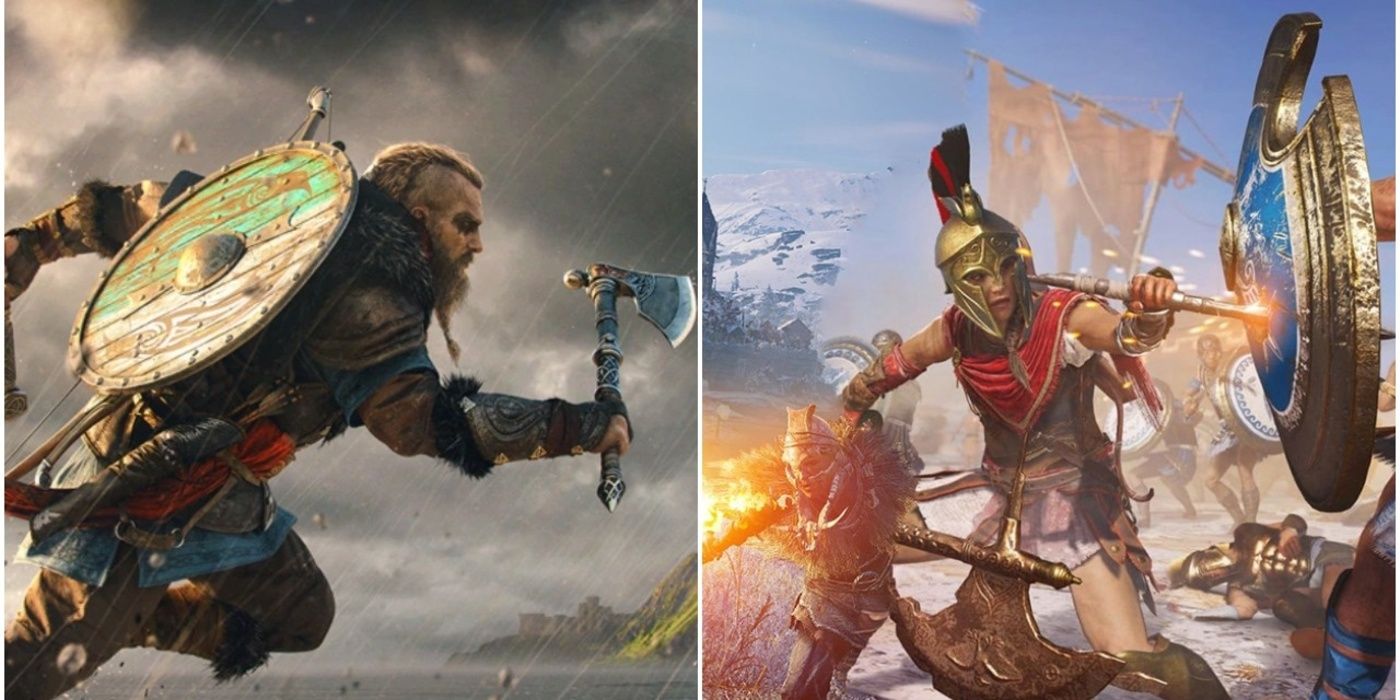
It’s inevitable that Assassin’s Creed Valhalla will be compared to Odyssey, as every Assassin’s Creed game is usually ranked once a new title is released. For the most part, Valhalla is a worthy successor, but it doesn’t exactly outclass Odyssey in performance. The two are largely similar, with one topping the other in particular areas.
RELATED: 5 Locations That Make Assassin’s Creed Odyssey Better (& 5 That Are Just Frustrating)
It’s up to the gamer to judge which aspect's lower or higher performance impacts them the most. In order to gauge this, one firstly needs to be aware of the strong points of either game. So, let’s see where Valhalla did better than Odyssey and vice versa.
Updated on May 6, 2021, by Reyadh Rahaman: There are many facets that go into making an excellent action RPG experience for gamers. Storytelling, gameplay, visuals, and audio can all be broken down into their own aspects and can be judged independently to determine which out of these two recent Assassin's Creed games is the more preferred by players. Since this franchise is constantly evolving with the gaming industry's trends, every title in it holds traits unique to the era it was made and can be reflected upon as something that made them better or worse.
14 Valhalla: Mythology
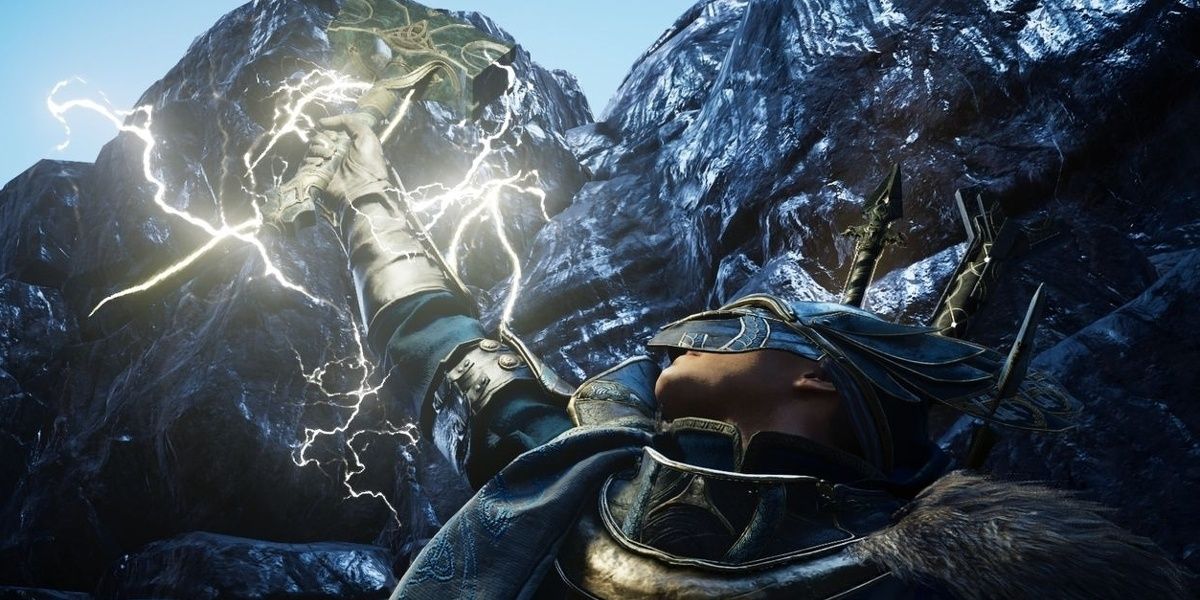
There's no denying that hanging out with Norse gods and using their weapons is awesome. While mythical creatures are found and fought in both games, Valhalla has certainly used more mythology in its storytelling and gameplay in a manner that feels satisfying and a part of the overall experience as opposed to simply being bonus content.
Being connected to greater powers and guided by something more than one's own desire for power or riches gives something a bit more lasting to one's immersion into the story.
13 Odyssey: Freerunning
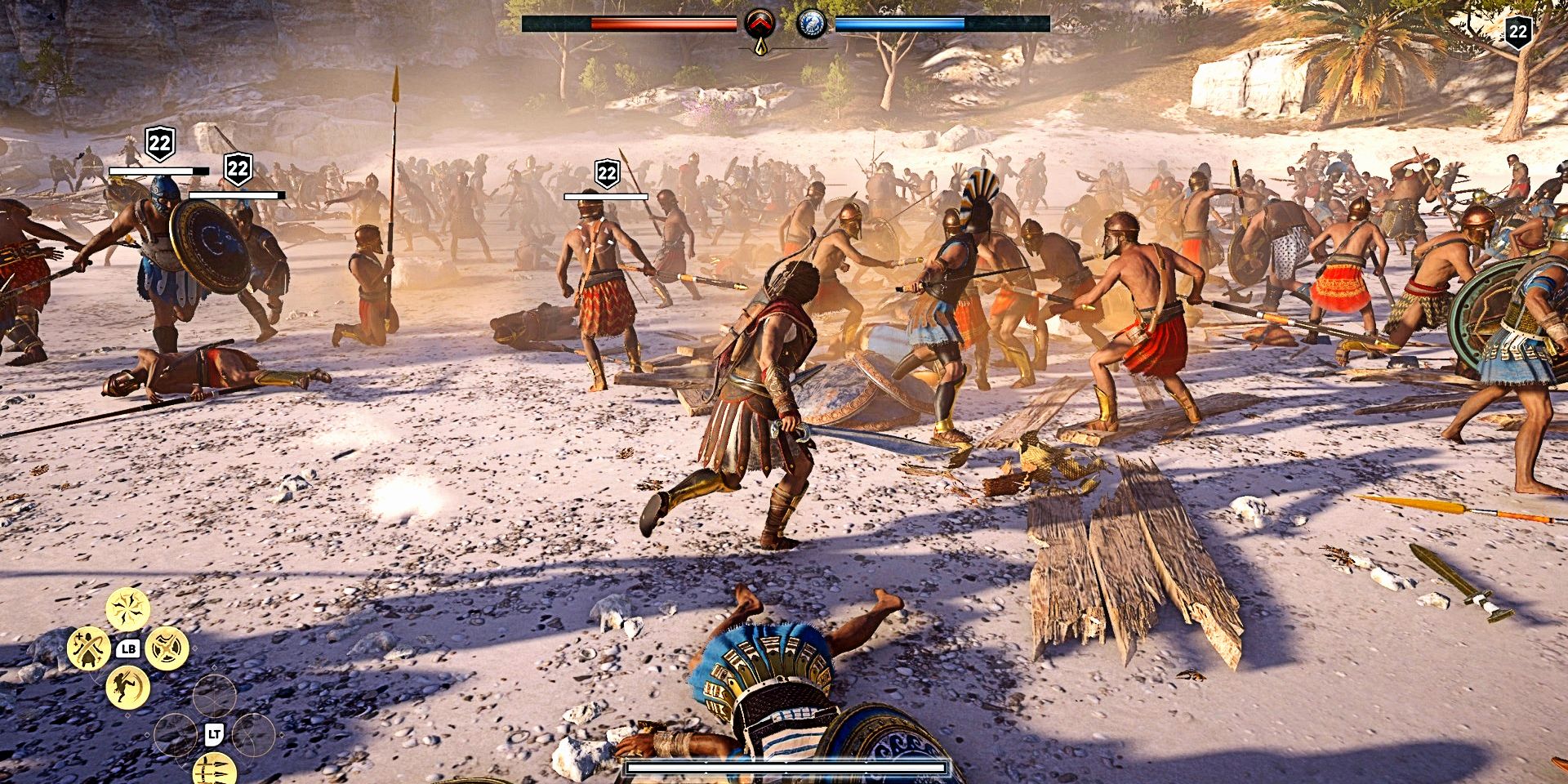
The movement in Assassin's Creed games is vital to the enjoyment, as the open-world gameplay involves quite a lot of running, jumping, and climbing. In fact, freerunning on top of buildings was one of the traits that made the early games in this series stand out as new, interesting, and fun.
While one's character in Odyssey is agile and powerful, the same cannot be said for their counterpart in Valhalla, as one's viking persona is a fair deal slower while both running and walking. Eivor is undeniably dextrous and maneuverable in combat, but their sluggishness everywhere else makes speed-based challenges, like chasing down the many tattoo designs in Valhalla, more tedious than liberating.
12 Valhalla: Weapons
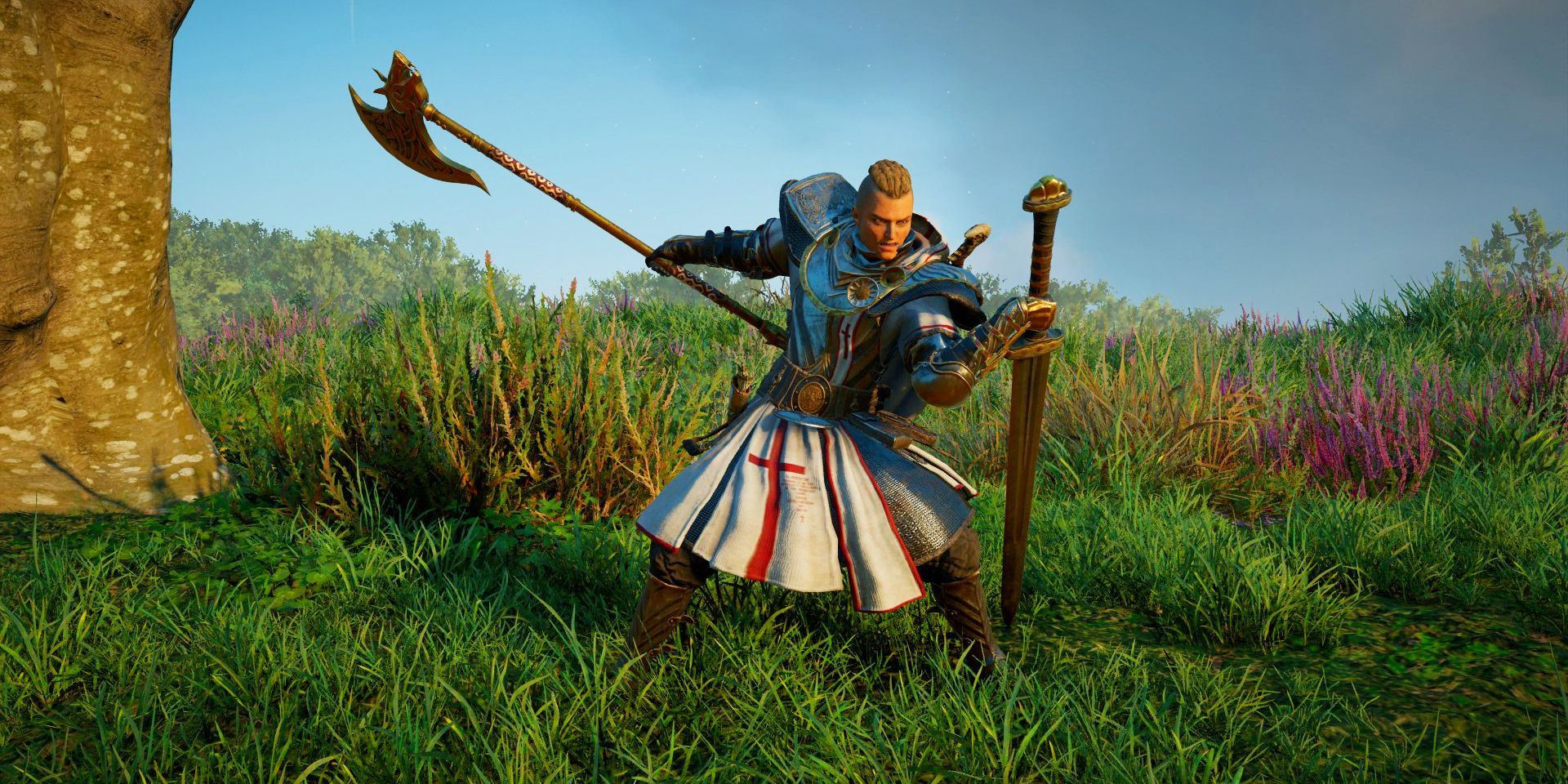
The skill tree in Valhalla may be a bit confusing for some, however, the novel combat system, as well as the dual-wielding mechanics, make many aspects of the game feel closer to a Dark Souls game than earlier ones in the Assassin's Creed franchise.
RELATED: Assassin's Creed Valhalla Weapon Guide: How To Use Dane Axes
A great example of this is the ability to wield two weapons of the same type at the same time to get a faster attack speed as well as unique combos. One's adventures in Greece thankfully involve quite a lot of satisfying weapon-wielding, however, the depth of this aspect in Valhalla makes fans of action RPGs smile a fair bit wider when wrecking enemies upon the battlefield.
11 Odyssey: Romance
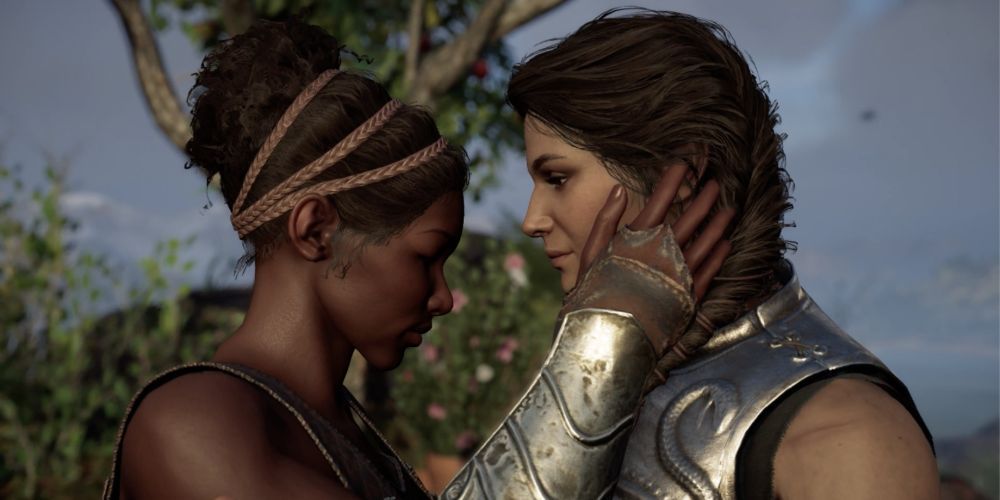
Ever since this franchise started including branching dialogue options, fans were delighting to find subtle romance possibilities. These intimate interactions are a great way to draw certain players more into a world that the developers spent a lot of time crafting.
Odyssey allowed one to get to know certain NPCs through multiple quests and optional dialogue in a way that felt natural and fluid, as one's character was known to be the kind of individual who would help others out and spend time conversing with them. Valhalla provides the same kinds of options, for the most part, but it feels much less organic in that one is a viking intent on raiding and razing most of what they encounter. Townsfolk, even allies, would realistically be at odds with becoming so close to a well-known bringer of destruction.
10 Valhalla: Storytelling
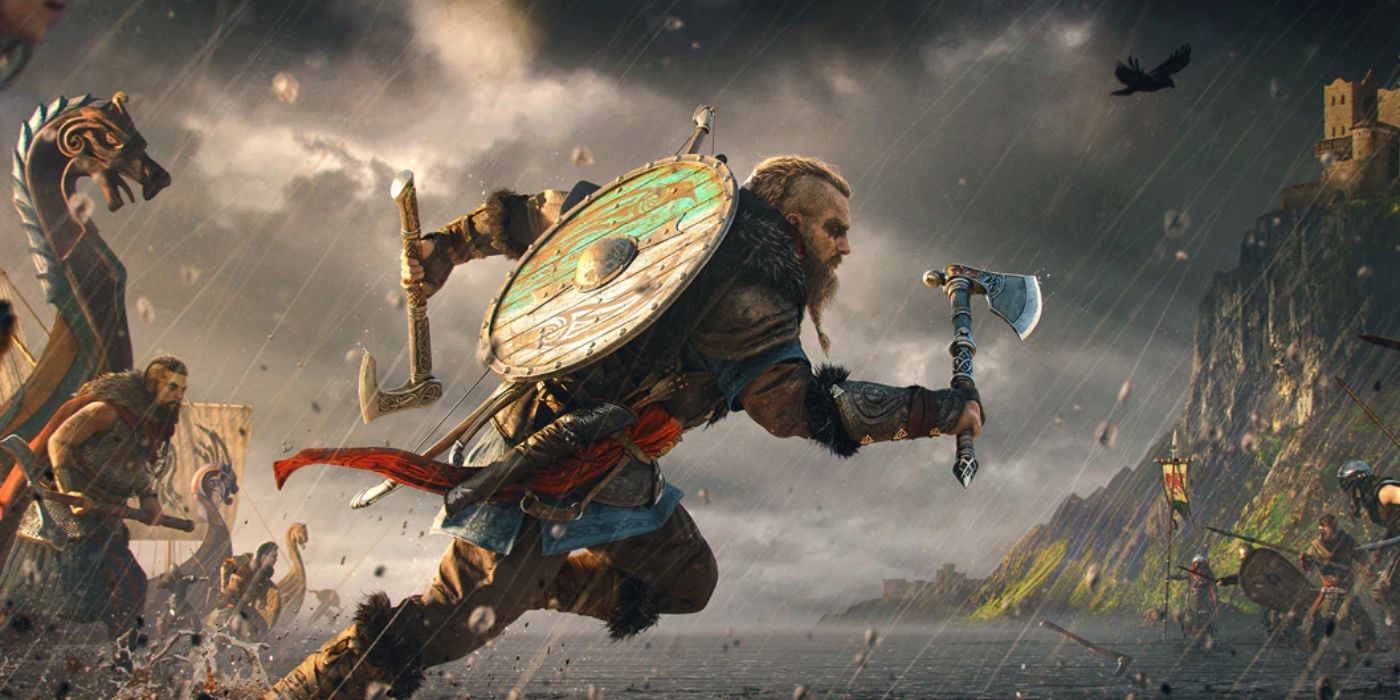
There’s no doubt that Assassin’s Creed Valhalla repeated some of the mistakes in the series, but it did improve on the storytelling aspect. Rather than draw out the saga yet again, this game connected previous storylines to bring a good conclusion.
It also brought significant context to the Isu, something that had been floundering for a long time. The storytelling was such that we were interested in both the modern-day adventures and the ones taking place in the past.
9 Odyssey: Graphics
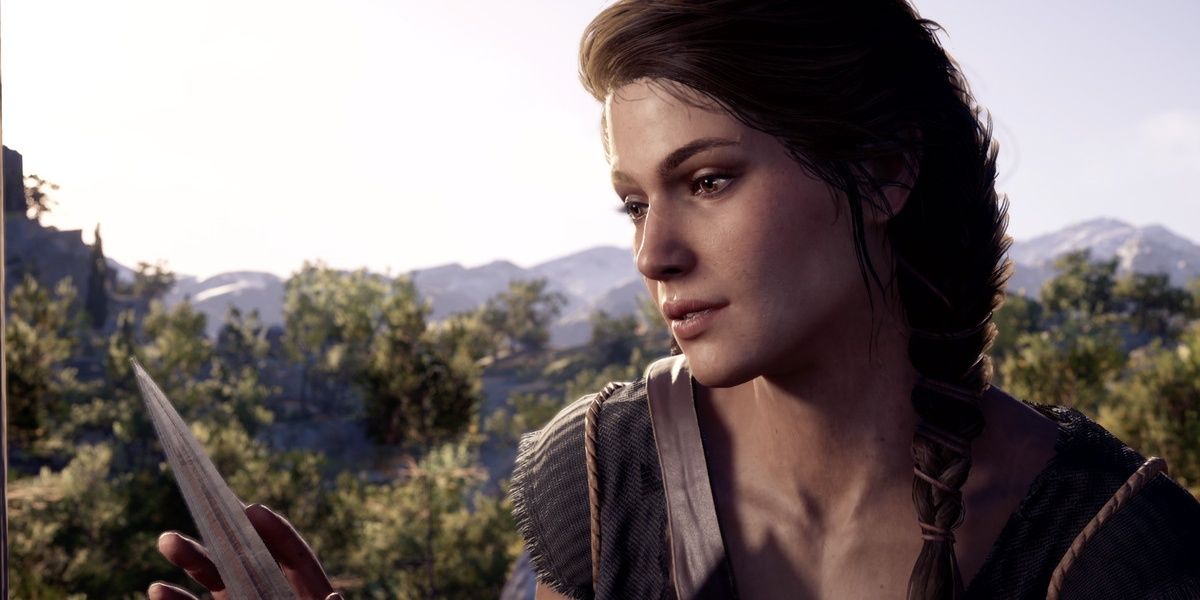
It might seem hard to believe that a recent game has worse graphics than its predecessor, yet Valhalla’s many bugs, glitches, and awkward character models clearly make it inferior to Odyssey. The latter game did a good job of balancing cutscene graphics with in-game sequences.
Odyssey kept things simple, not featuring the best-ever graphics but at least having a presentation that retained one’s interest. The character models are far better here, with their emotions clear to understand and very few awkward angles.
8 Valhalla: Naval Gameplay
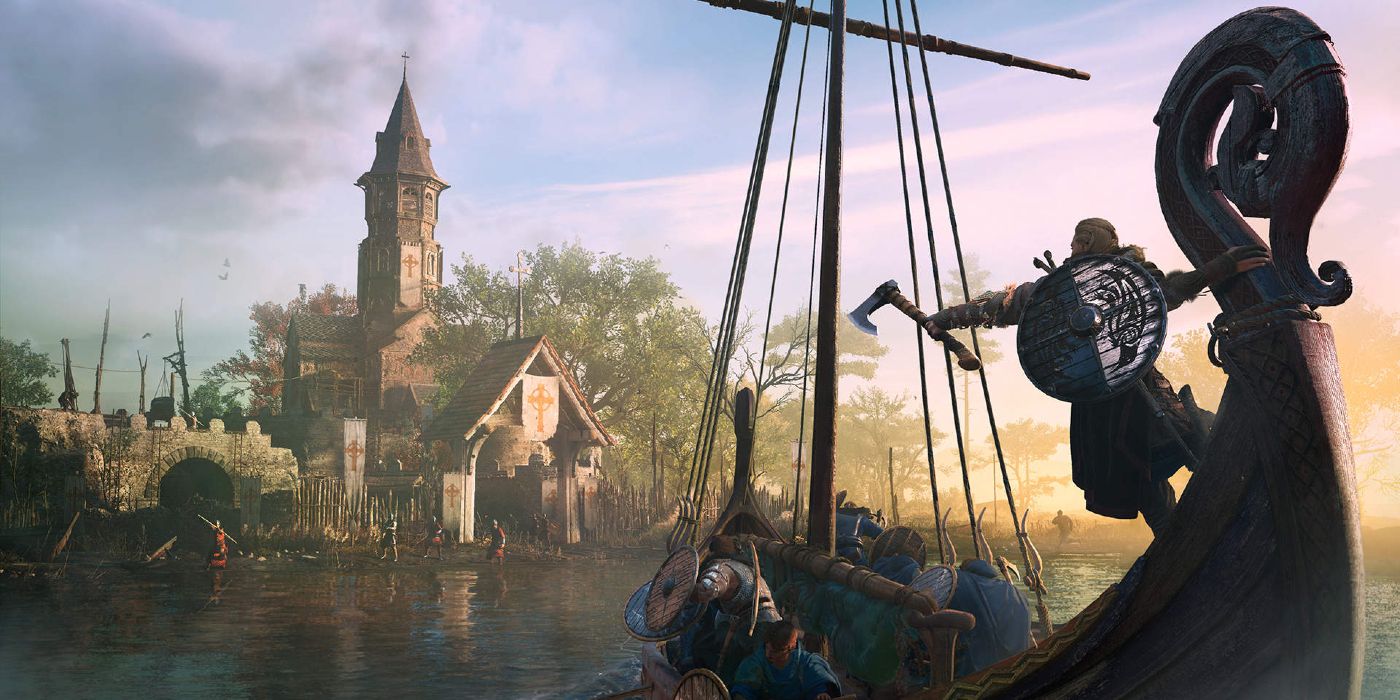
One aspect of Valhalla that has definitely changed the series is the naval gameplay. These were always lacking in quality in the series, with rather tedious fight sequences that interrupted the fun factor. Valhalla finally found the right balance in this regard.
The game uses ship-based gameplay purely for traveling and exploration purposes, which serves as a way for players to take a break from the constant combat and dig into their inner adventurer. The simpler style of guiding the ships uncover a more fun manner of enjoying this type of exploration.
7 Odyssey: Memorable Locations
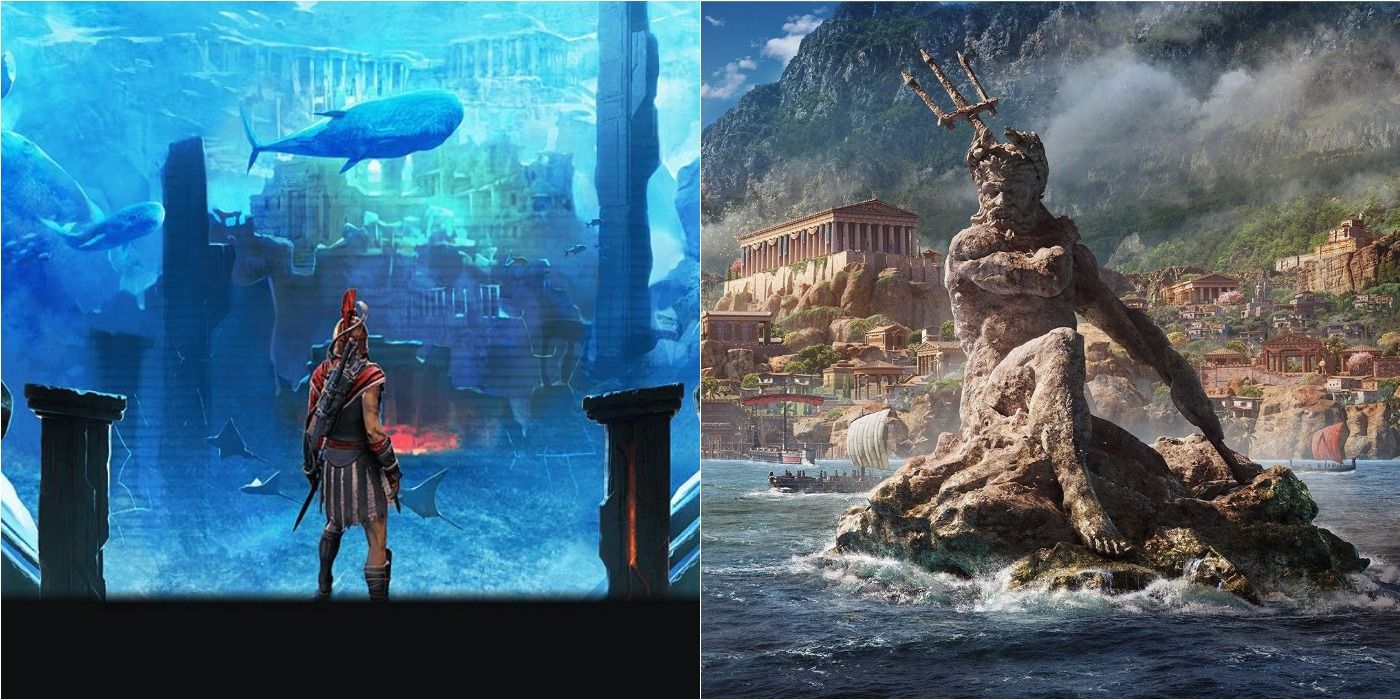
Part of the quality of Assassin’s Creed Odyssey has to do with how genuine it looks. The locations make full use of the period setting, bringing landmarks and legendary areas for us to explore and be immersed in. The game also has hidden areas that serve as Easter eggs.
RELATED: 5 Best Ubisoft Games (& 5 Worst), According To Metacritic
While there were locations that seemed to look the same, this repetition could easily be overlooked by the many unique areas within major cities. Most places had a unique identity of their own, which had the effect of making the map a lot more fun.
6 Valhalla: Conversational Technique
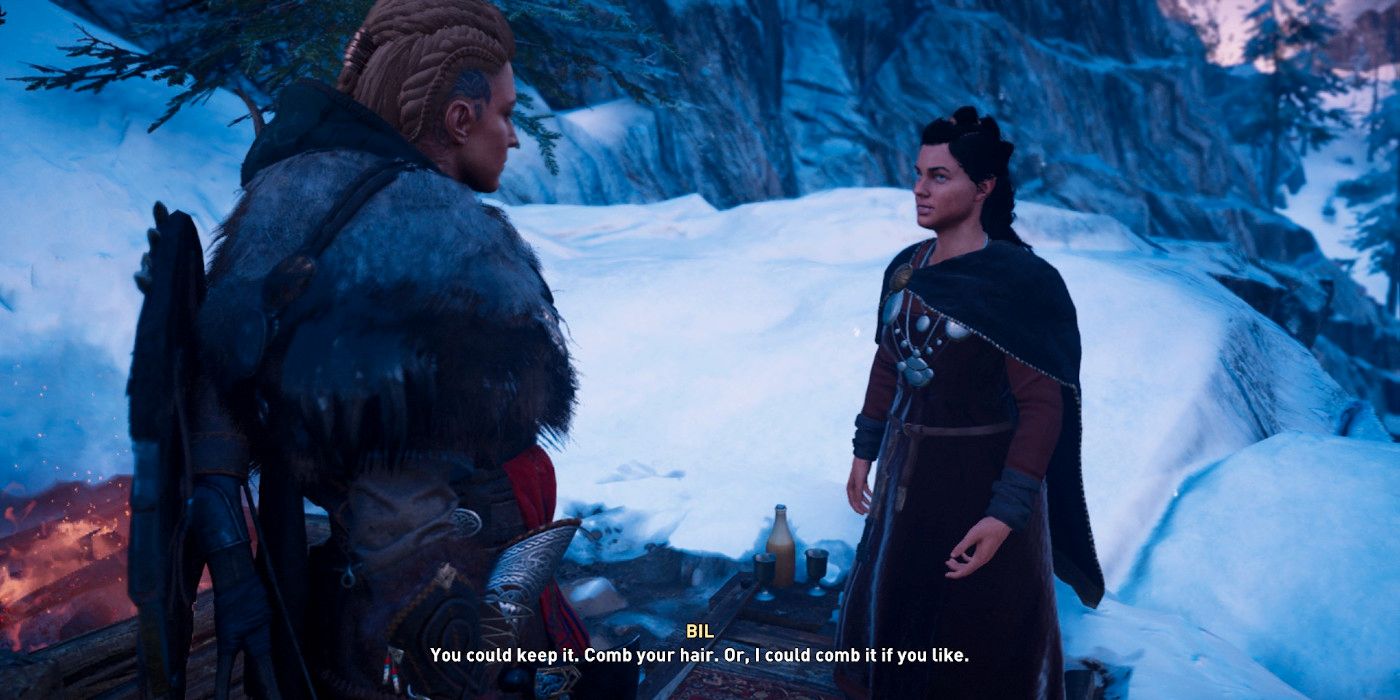
It's worth checking out other games after finishing Valhalla to experience a different kind of cutscene quality. Still, it's much better than Assassin’s Creed Odyssey, which suffered from an abundance of choices in dialogue to the point where one had to constantly choose different responses and extend cutscenes needlessly.
Valhalla corrected this aspect by toning down on the conversation. The inclusion of flyting added an entertaining take on this area as well, allowing the player to feel more connected to the main character.
5 Odyssey: Eagle Vision
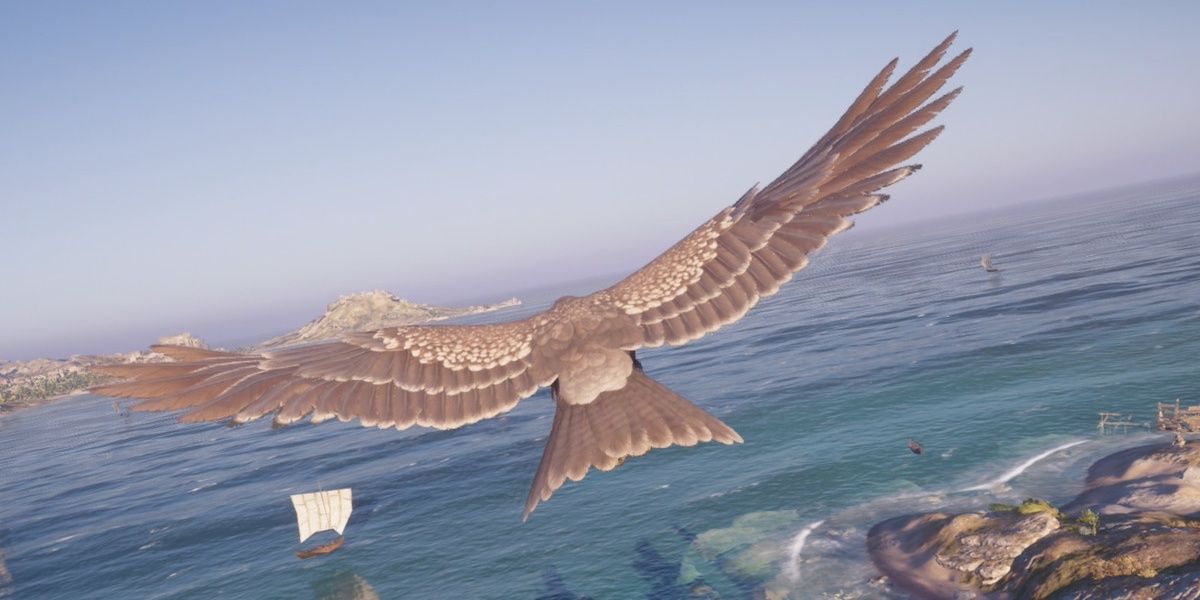
The switch to a literal eagle vision is one of the weaker points of the newer Assassin’s Creed games. It was absolutely horrible in Valhalla, where the vision was almost totally useless and the most boring part of gameplay. Odyssey at least kept this aspect relevant.
The eagle vision in this game was useful to track down significant locations and people, usually saving a lot of time that would have otherwise been spent trying to locate the exact area. It wasn’t as great as the eagle vision in earlier games, but it did its job good enough.
4 Valhalla: Layla Hassan Sequences
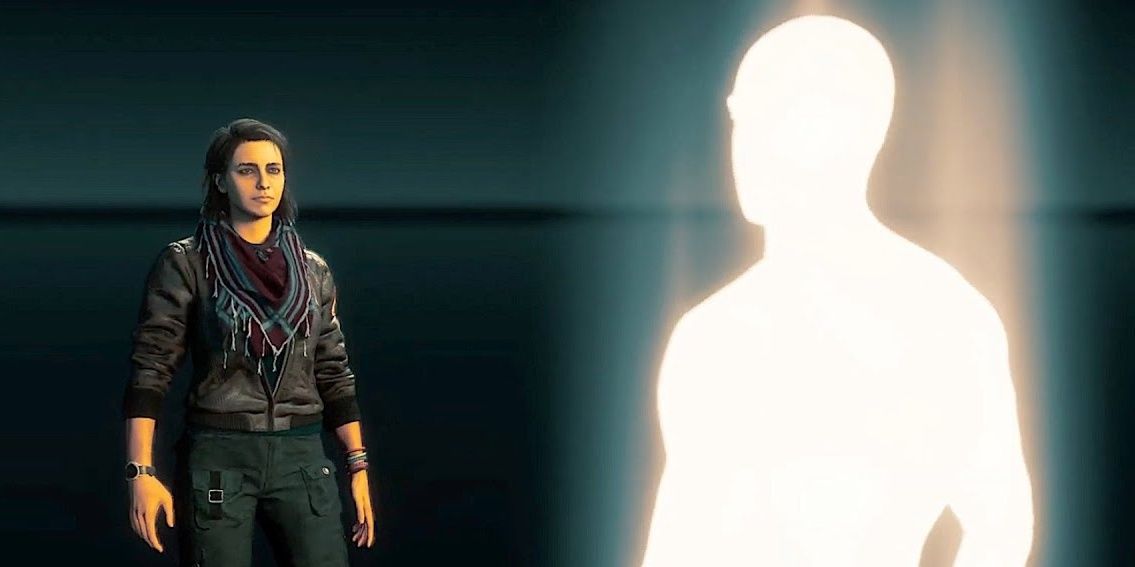
The modern-day gameplay moments have never been Assassin’s Creed’s strong suit, usually interrupting the pacing of the story and being a downgrade from the gameplay of the historical events. Layla Hassan’s role in Valhalla wasn’t all too bad, though.
These didn’t waste time in needless crypt explorations as Odyssey had done, instead placing Layla’s role as part of the gameplay as she was used to uncover secrets from the animus. Her story was concluded in this game, making her appearance vital to the events rather than simply making her a framing device.
3 Odyssey: Skill Tree
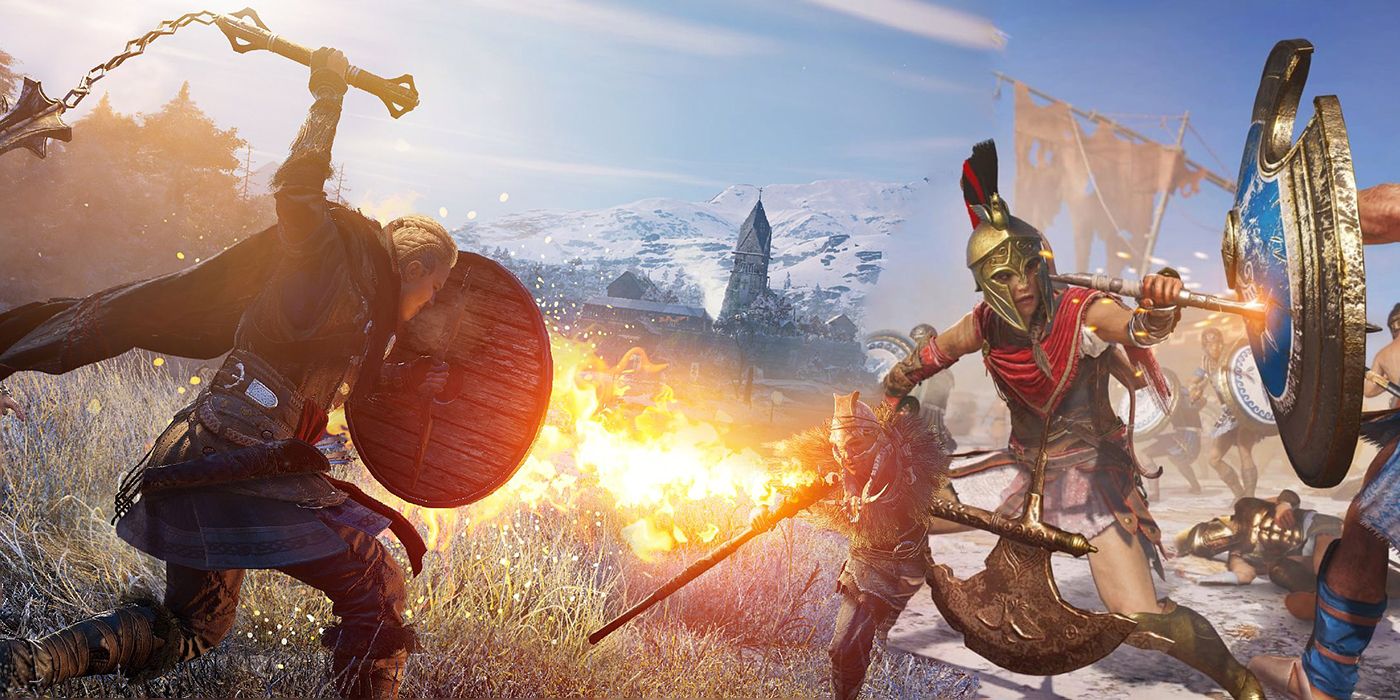
This point was butchered in Valhalla. So much so, that many would be inclined to skip the specifics and upgrade anything for the heck of it. Odyssey captured one’s interest in this area, as the weapons to be found could be upgraded to bring a real edge to gameplay.
RELATED: 10 Best Ubisoft Characters Ever, Ranked
The skill tree wasn't as convoluted as Valhalla’s, as Odyssey had an easier presentation of this feature that didn’t make one lose interest. In this game, it actually brought a sense of accomplishment once the main protagonist was fully upgraded.
2 Valhalla: Choice Between Protagonists
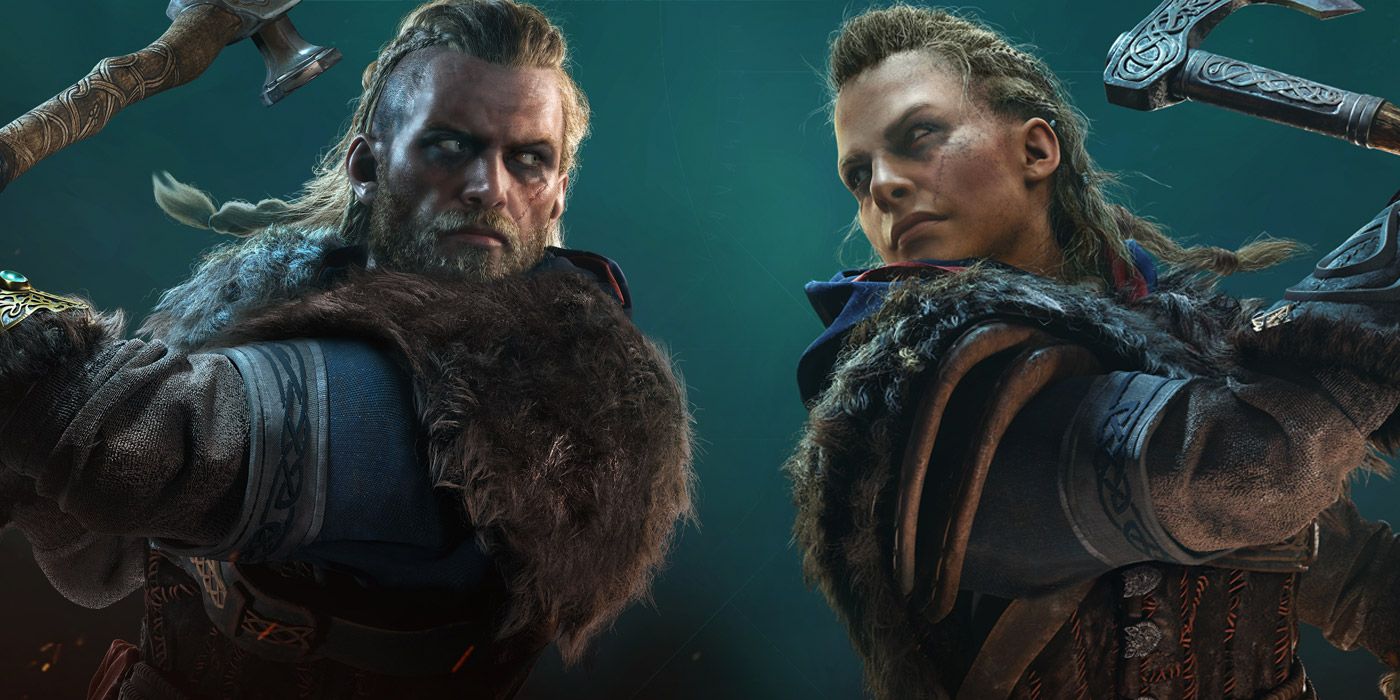
Assassin’s Creed Odyssey might have been the first game to present a choice between male or female protagonists, but Valhalla perfected this feature. Whether or not Eivor ranks among the best assassins, fans could at least choose which gender of the character suited them best whenever they wanted.
By allowing one to switch between male or female at any point, the cutscenes felt more authentic based on the sensitivity and context of a scenario. It also didn’t bring in a complex sibling rivalry story as Odyssey had done.
1 Odyssey: Voice Acting
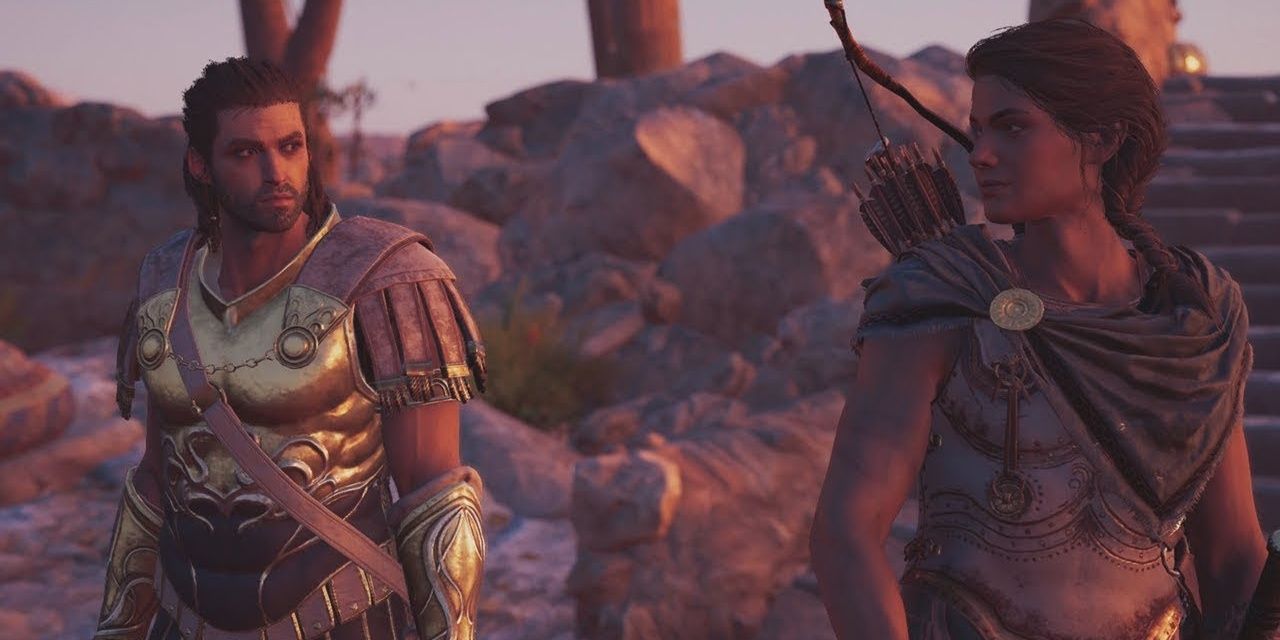
A fair amount of players prefer Kassandra over Alexios in Odyssey due to the former having a better voice actor. However, the game had a strong cast in general, coming across as deeply layered characters because of the realism that accompanied their voices.
Valhalla suffered from its rather dry execution in this area, making Odyssey stand out even more. The latter’s strength lied in the fact that every character was voiced to perfection, bringing together a complete experience in the context of the story.

